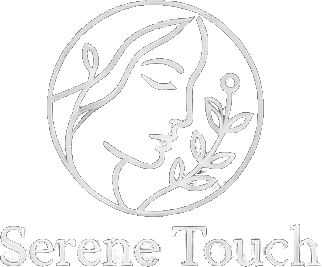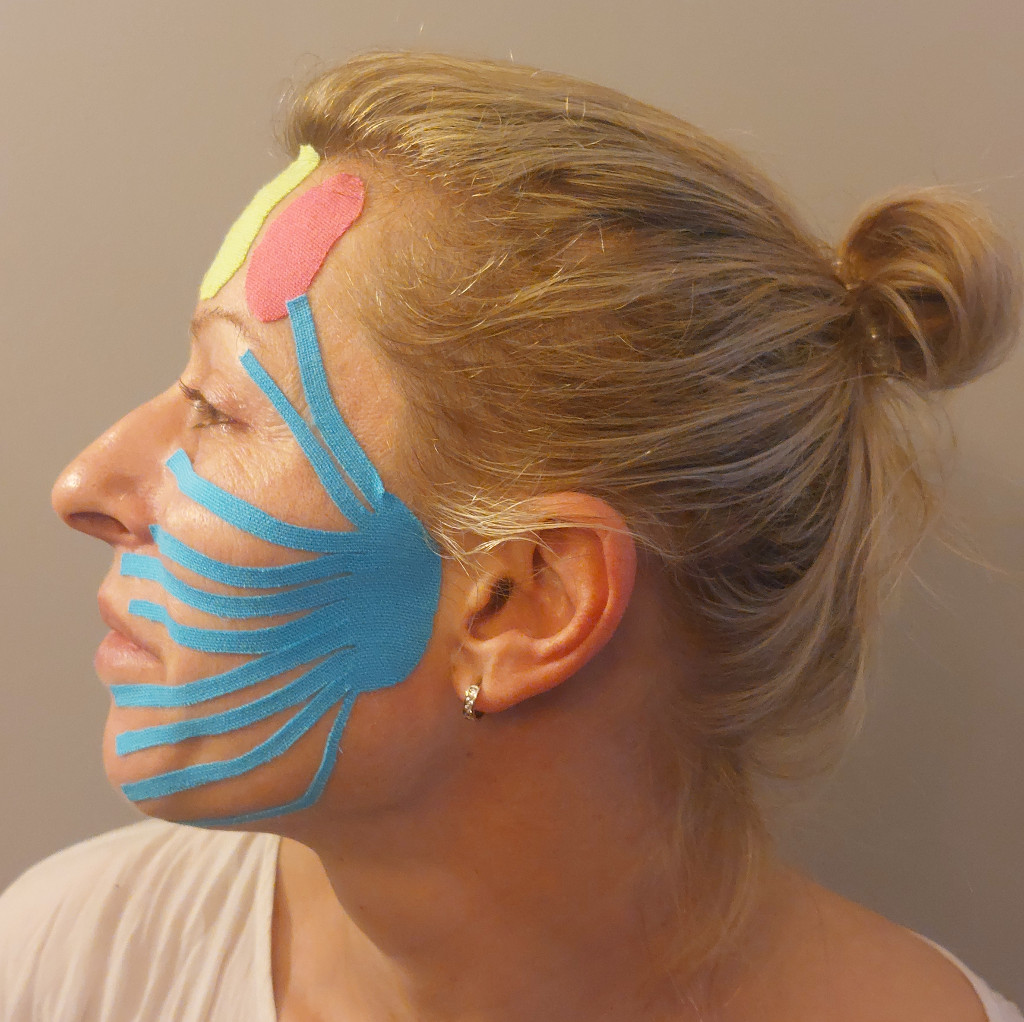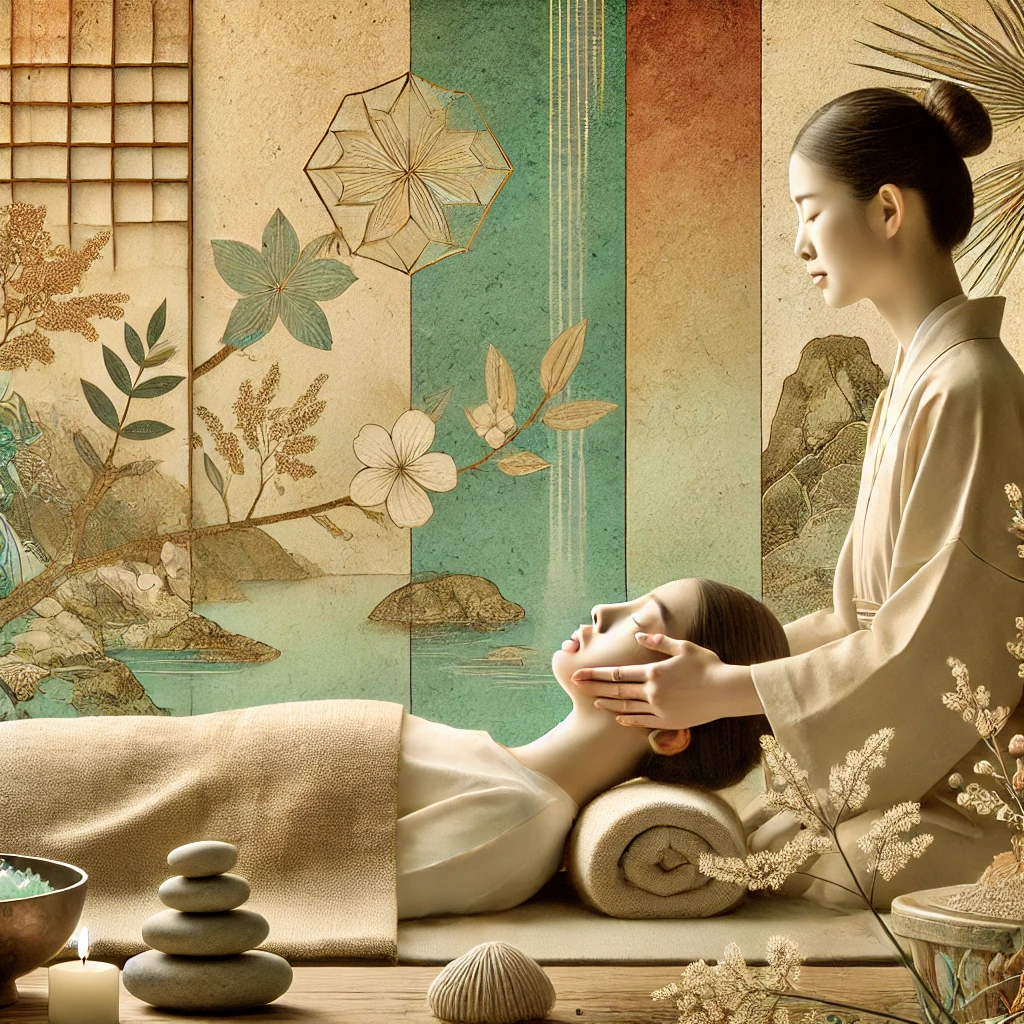



.jpg)

.jpg) What is Kobido UP?
What is Kobido UP?The History
Kobido massage, whose name in Japanese means "the ancient way of beauty," has its roots in Japan, where it originated around the 14th century. Created by the imperial physician, the Kobido massage technique was initially developed as a method to treat various ailments and maintain overall health. It quickly gained popularity among the Japanese aristocracy, especially among empresses and geishas, who sought to preserve their youth and beauty.
Kobido massage combines ancient techniques of Chinese and Japanese medicine, such as acupressure, with unique manual techniques that stimulate the skin and facial muscles. It is the most technically advanced form of Japanese facial massage and involves the most complex set of manual techniques. Due to its complexity and intensity, this massage works on the deeper layers of the skin, providing a lifting effect, stimulating collagen and elastin production, which leads to the smoothing of wrinkles, improving facial contours, rejuvenating and revitalizing the skin, while also enhancing well-being and reducing stress.
Over the centuries, Kobido massage was passed down in secrecy from master to apprentice, contributing to its exclusivity. After World War II, the technique gained popularity worldwide, and today it is practiced in many prestigious beauty institutes, symbolizing the art of Japanese facial care.
